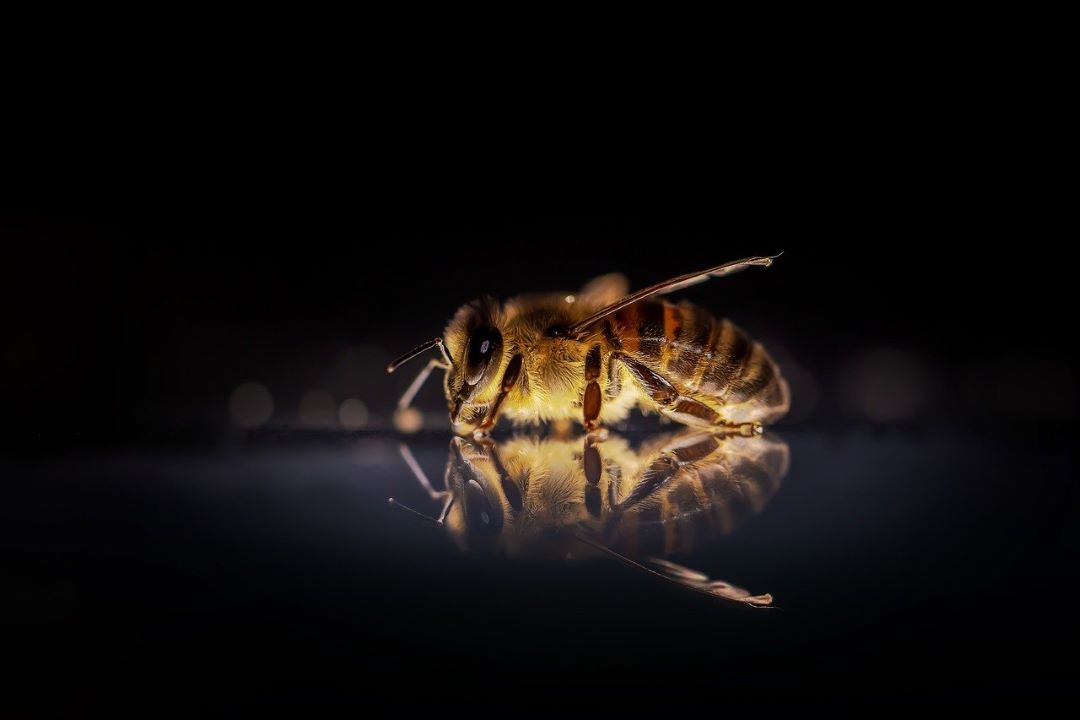Scientists conducted a test to diagnose neurological disorders in bees to show for the first time that modern pesticides damage the nervous system of pollinators, making it difficult for them to move straight.
Pesticides Disrupt the Behavior of Honey Bees
Scientists from the University of Oxford have shown that some commonly used insecticides, such as sulfoxaflor and the neonicotinoid imidacloprid, can strongly disrupt the visual-driven behavior of honey bees. “Our results certainly cause concern because the ability of bees to respond correctly to visual information is crucial for their flight and navigation, and therefore for their survival,” said Rachel Parkinson, lead author of the study.

The bees were tested for optomotor reactions in laboratory conditions. Some bees were fed sugar; others were given permitted pesticides in various concentrations. On the screens, the scientists created the illusion of deviating from the course. The healthy bee found its way around and returned to the illusory straight line.
Bees’ Brains Damaged
The bees that received the pesticides performed very poorly compared to the others. For example, they turned quickly in only one direction and did not react to changes in the direction of movement in the video, or their reactions were relatively slow.

Using molecular techniques, the scientists then demonstrated that bees exposed to pesticides had an increased proportion of dead cells in parts of the brain that are important for processing visual input. In addition, they disrupt genes that are responsible for breaking down toxic substances.
The authors warn that their study further proves that modern pesticides harm insects. The Food and Agriculture Organization of the United Nations and the World Health Organization are working with the same assumption, noting that rapidly growing evidence strongly suggests that current levels of environmental contamination with neonicotinoid pesticides are causing widespread adverse effects on bees and other beneficial insects.
Source: frontiersin.org/articles/10.3389/finsc.2022.936826/full
Featured image by PollyDot from Pixabay




